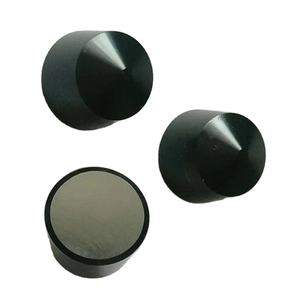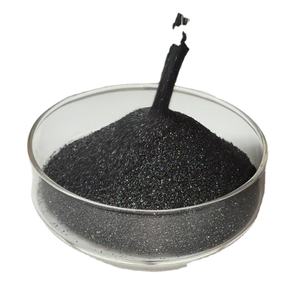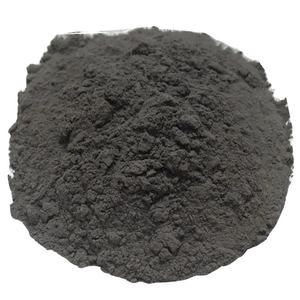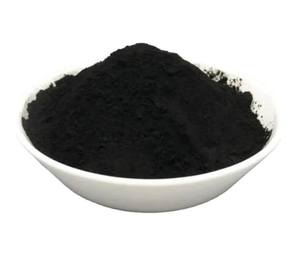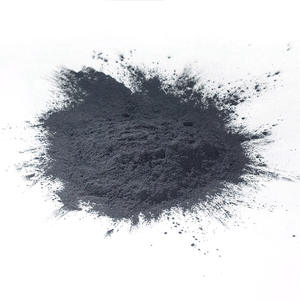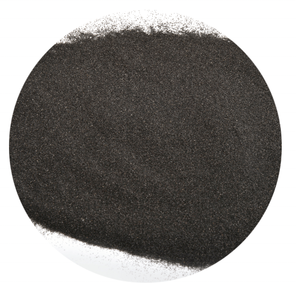Professional graphite material supplier, graphite for EV, grease, furnace and any other industries.
(What is the Composition of the Electrolyte?)
Electrolyte can be divided into liquid electrolyte, solid electrolyte and gel electrolyte. Liquid electrolyte can be divided into organic electrolyte and inorganic electrolyte. What most widely used is liquid organic electrolyte at present.
1. Action of electrolyte
The electrolyte fills the inside of the battery housing, in which the positive and negative electrodes of the battery and the membrane are immersed. On the one hand, the electrolyte provides some active lithium ions, which are used as conductive ions in the charging and discharging process. The electrolyte, on the other hand, provides ion channels, or carriers, which make lithium ions move.
2. Problems to be solved about electrolyte
2.1 Thermal stability
It is expected to have high chemical stability and thermal stability by reflecting with the anode and cathode materials as little as possible. It can be said that the compatibility between electrolyte and electrode materials and the thermal stability of electrolyte itself determine the thermal stability of the whole cell.
2.2 Withstand high voltage
For ordinary water-based electrolytes, the electrochemical stability window is not higher than 2V.The maximum voltage value of the organic electrolyte is generally no higher than 4.2v.If it goes beyond the value, the electrolyte itself will undergo oxidative decomposition. If you want to increase the energy density and use high cell voltage, you need special performance electrolyte. Special performance electrolyte, on the one hand, finds a new type of electrolyte. On the other hand, it is based on the original electrolyte to improve, such as using additives to improve the specific performance of the cell.
3. The composition of electrolyte
Electrolyte consists of three parts, electrolyte, solvent and additive.
3.1 Electrolyte
The lithium salts used in the electrolyte, namely various lithium containing compounds, release a large number of active lithium ions after dissolved in the solvent. LiPF6, LiClO4, LiBF4, LiBOB, LiTFSI, LiAsF6 and other lithium salts are commonly used, among which LiPF6 is a relatively mature commercial lithium salt. Each of these lithium salts has its own advantages and disadvantages. In the actual use process, LiPF6 is often used as the main product. Add appropriate amount of other kinds to obtain its advantages and improve the performance of electrolyte.
3.2 Solvent
Lithium batteries generally use organic solvents. The negative potential of lithium ion battery is very close to lithium, which is not stable enough in aqueous solution system. So organic solvent is chosen as ion carrier. The common solvent types of lithium battery electrolyte include carbonate, ether and hydroxy acid lipids.In order to improve the conductivity of the electrolyte, theoretically, the solvent that can provide the solution with as many active lithium ions as possible should be selected, that is, the higher the solubility of electrolyte in it is, the higher the dissociation degree of solute molecules is. Solvent dielectric constant is high and viscosity is low. In fact, the solvent with high permittivity, its viscosity is also high, which needs to make a choice according to the actual situation.
4. Additive
Additive refers to a small number of added substances in addition to solute in electrolyte. It generally cannot store electricity. The purpose of adding is to improve the performance of the electrolyte and improve the stability of the cell.
4.1 General additive types
4.1.1 SEI film forming additive
The process of the first charge and discharge of lithium battery is called metamorphosis, in which a membrane, called SEI membrane, is formed between the cathode and electrolyte. Studies have shown that components of SEI membrane are lithium carbonate, lithium alkyl, lithium alkoxy and lithium salts (such as LiCl and LiF).The SEI film is expected to be formed for the first time, with small thickness and uniform texture, and small lithium ion resistance. In order to get the membrane as close as possible to the ideal requirements, an appropriate amount of film-forming additives was added into the electrolyte to promote the film forming process to proceed evenly and slowly. SEI film additives can be divided into organic additives and inorganic additives.
4.1.2 Conductive additives
Conductive additives are added to improve the conductivity of the electrolyte. In practice, the conductivity of electrolyte is improved by increasing the dissociation rate of electrolyte. Conductive agents can be divided into different types according to the type of molecule.
4.1.3 Stable additive
The role of stabilizer is to reduce the electrolyte decomposition level and protect the SEI membrane from external damage.
4.1.4 Anti-overcharge additive
When the lithium ion battery is overcharged, the polarization tendency becomes stronger, and the internal voltage of the battery cell increases accordingly, leading to the irreversible reaction between electrolyte and positive active substances. The purpose of adding anti-overcharge additive is to reduce the polarization effect caused by overcharge so as to protect the performance of the cell.
4.1.5 Flame retardant additive
Lithium batteries are mostly organic solvents, which are extremely easy to ignite. Adding flame-retardant additives to the electrolyte is to make the battery as far as possible flame-retardant or even non-flammable in the event of an accident.
4.1.6 High voltage additive
For different types of electrolytes, the upper limit of the corresponding stable voltage is in a range. For example, water base is about 2V, while ordinary organic solvent electrolytes can reach 4.2v.In order to improve the stable voltage range of electrolyte to some extent, high voltage additives can be used. High voltage additives include many types: boron additives, organophosphorus additives, carbonate additives, sulfur additives and so on.
High quality graphite manufacturer
If you need graphite powder, please feel free to send an email: sales@graphite-corp.com
(What is the Composition of the Electrolyte?)

